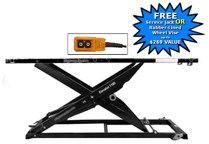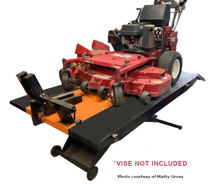- Register
- Log in
- Wishlist (0)
- My Cart (0) You have no items in your shopping cart.
Cleaning Metal for Welding
Cleaning Metal for Welding
Prior to the welding operation, metal pieces are usually formed, machined, sheared, or sawed. For the highest-quality welds, complete removal of all lubricants from these operations is a necessity. Particular attention must be paid in order to remove all oil, other hydrocarbons, and loose particles from sawed or seared edges prior to welding. Edges should be clean and smooth – not ragged. Tp make the cleaning process easier, lubricants used in fabrication should be removed as soon as possible.
To keep welds from becoming porous - as well as reduce dross - it is so important to clean welding surfaces. Hydrogen can cause porosity, and oxygen can cause dross in welds. Oxides, greases, and oil films contain oxygen and hydrogen that will cause unsound welds with poor mechanical and electrical properties, if left on the edges to be welded. Cleaning should be done just prior to welding.
See chart below for general cleaning procedures:
CLEANING ALUMINUM SURFACES FOR WELDING: | ||
Type of Cleaning | ||
Compounds Removed | Welding Surfaces Only | Complete Piece |
Oil, grease, |
|
|
Oxides (Use any method listed.) |
|
|
Info courtesy of Eastood.com












